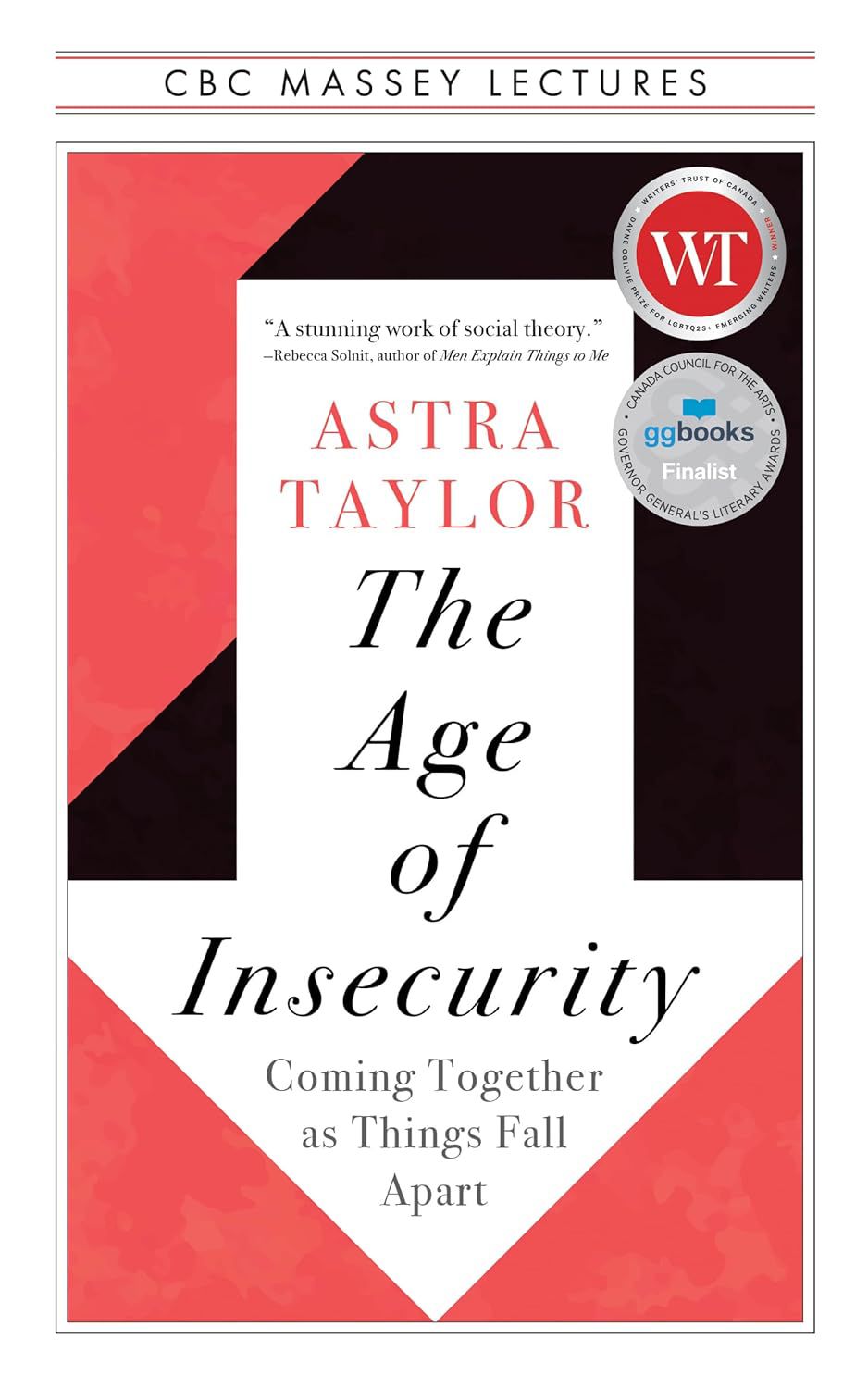
We Geist readers are a sophisticated bunch, no? We know the difference between Jane Austen and Bridgerton and between John Le Carré and David Baldacci (who’s he?). When we’re told that there are really only seven different plots we say, “More like seventy!” When Georges Polti wrote that there are just thirty-six different dramatic situations, we responded “Doesn’t he mean 36?” Did you know that there are 13 emotions that can be evoked in fiction? So we learn in the second edition of the self-published The Emotion Thesaurus: A Writer’s Guide to Character Expression by Angela Ackerman and Becca Puglisi. The emotions range from the commonplace: anger, disappointment, grief and regret, to the more esoteric: connectedness, powerlessness and wanderlust. For each one there are suggestions to help writers signal the emotion in their characters. Regret, defined as “sorrow aroused by circumstances beyond one’s ability to control or repair,” can be evoked by a bent posture, wincing or grimacing or by losing the thread of conversations. It can produce internal sensations of a loss of appetite or dullness in the chest. Mentally, a character may have feelings of inadequacy or a desire to go unnoticed. Over the long term they may no longer find joy in hobbies or favorite pastimes, or they may get ulcers. Acting like the life of the party might show that a character is suppressing their regret. Regret can escalate into shame (described on page 24), frustration (134), depression (84), self-pity (238) or self-loathing (236). It may de-escalate into mere sadness (226) or embarrassment (118). It’s easy to feel smug (246) about The Emotion Thesaurus. Or perhaps even feel disgust (12) with the whole endeavour. Surely our finer writers, the literary authors whom we lionize, would guffaw if they stumbled on this book. Or would they find it helpful?








